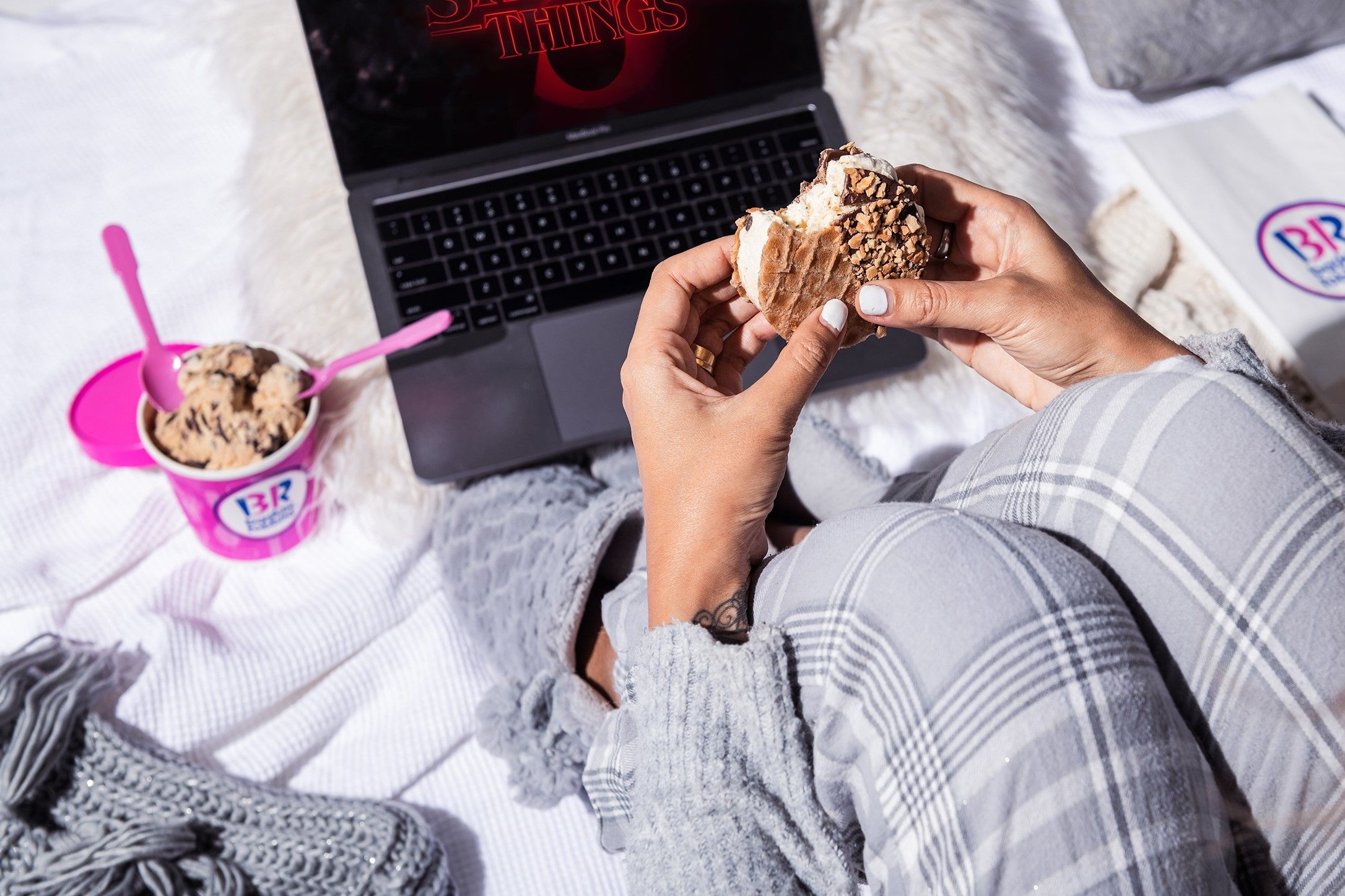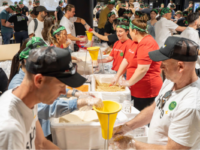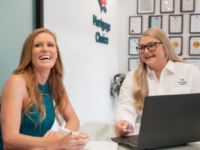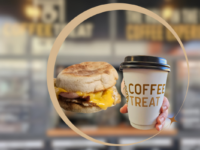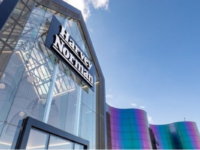Baskin-Robbins’ took just two months to hit a two-year target during the pandemic. How did it do it?
Learning to activate the digital channels was the challenge that paid off with just 10 per cent of sales in 2019 rocketing to 35 per cent at the pandemic peak. It’s now dropped down to a respectable 25 per cent.
Baskin-Robbins Australia GM Ben Flintoff took the bold step of ditching the marketing plan once Covid hit.
“We knew the online space had to be explored so in March I tossed out our marketing campaign and put all our efforts into digital.
“We hit our two year target in two months. We were ready and able to arm franchisees with resources,” reveals Flintoff.
A previous promotional campaign for the Netflix series Stranger Things not only gave the ice-cream chain a recent marketing award, it paved the way for the ice-cream chain to start ahead of the curve during the Covid-19 pandemic.
Maximising Baskin-Robbins’ delivery channels through the Netflix campaign,proved a valuable benchmark for performance this year.
“The network has benefited from the efforts we’ve put in for two years. We had to beat that period in 2020. We were playing against an award-winning promotion in July and August, and a global pandemic, but we set our minds to beat that promotion. It was an amazing result.”
However, Flintoff points out that crucial though delivery has been through the crisis, and will continue to be in future trading, in-store sales still rule.
Suburban stores and highly dense residential areas are trading strongly through foot traffic and deliveries. It’s been another story in traditional tourist-driven and CBD locations.
The challenge of 2020 has been to respond to ever-changing circumstances and restrictions on business and lifestyle. But rather than a pivot, it’s been a speed-up, Flintoff says. “This isn’t about change, it’s about accelerating what’s already coming.”
How is Baskin-Robbins innovating?
First up, the next franchise will be heralding a cashless business. Carrying cash is no longer sustainable, Flintoff says and the shift will mean savings in rostering, savings in risk and time, and in security.
There are store collaborations already happening – with iPlay, Burrito Bar and HOYTS. The latter now sports three kiosks – at Stafford in Brisbane, in the Entertainment Quarter in Sydney, and at Frankston, Victoria.
Two new stores opened during Covid, both in Queensland – one in Paddington, the second at a franchised Burrito Bar in Victoria Point.
“Our brand plays very nicely as a partner. But there are also areas we’ve been to which don’t justify an inline store. Bankstown RSL is an example – it’s a kiosk in collaboration with another brand and it’s driving foot traffic to the location,” Flintoff tells Inside Franchise Business Executive.
“Rent sharing and becoming careful with how you spend that rent dollar is something we’re at the front of. We don’t need 80sqm but we can build a kiosk of 18sqm.”
This allows the brand to take full advantage of the space it’s tenanting, he says. Whether a business has a lunch and dinner profile or breakfast and lunch day parts, BR can add significant value.
There won’t be a blanket approach to growing the business through collaborative venture, expansion will develop once a brand profile has been established in an area.
Five stores are slated to open before the end of 2020 – three in Western Australia, one more in New South Wales and one in Queensland.
This article has been updated to clarify store collaborations.

